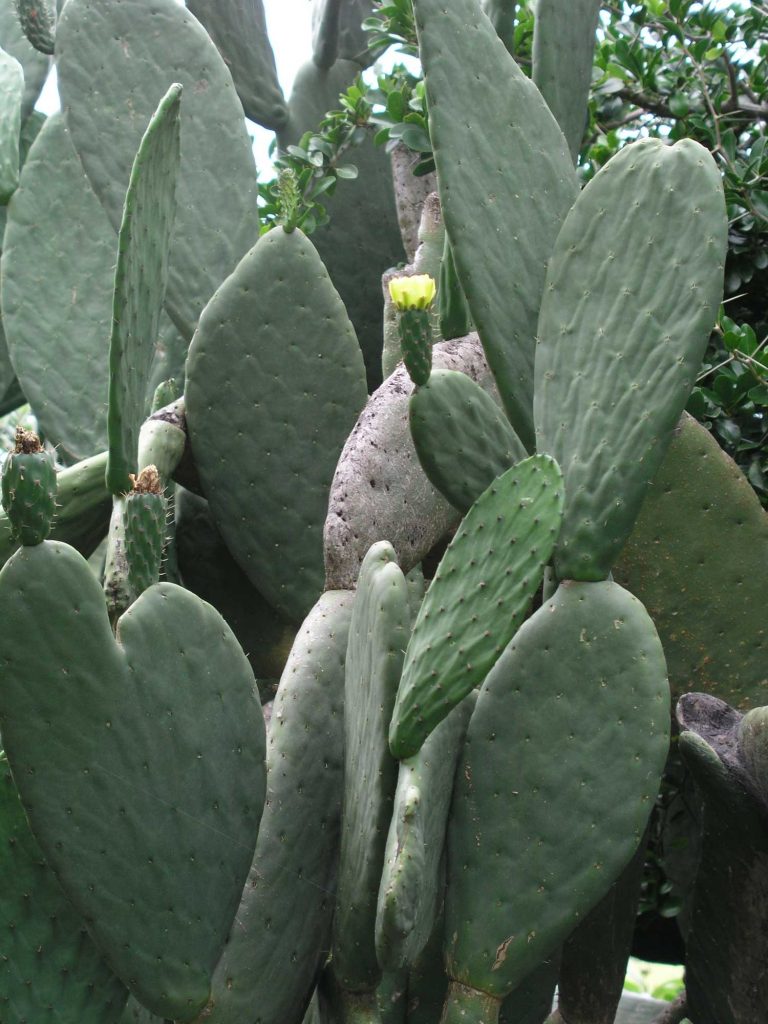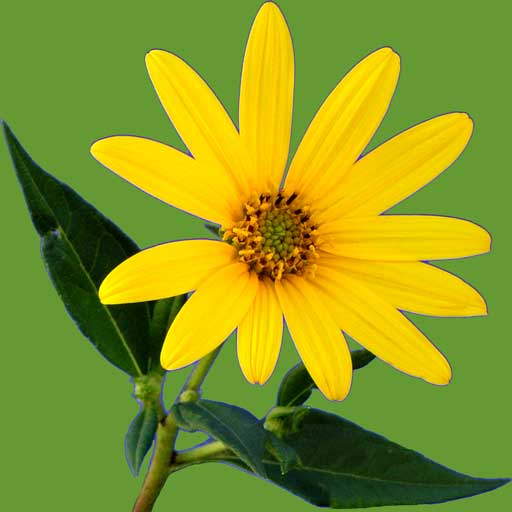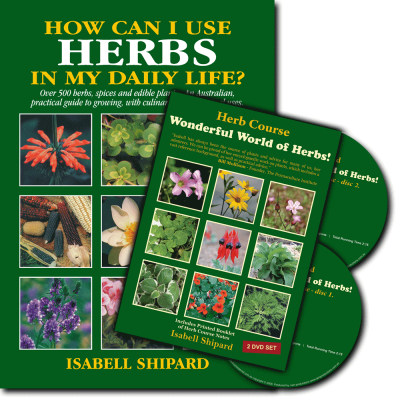Nopal, Tuna
Opuntia ficus indica F. Cactaceae
Description
At first sight, the Indian fig looks like a formidable prickly pear, however, it is not as ferocious as the prickly pear, as it bears few prickles. Although related to prickly pear, it is not a banned, noxious plant like the prickly pear. The opuntias belong to a very large group of plants in the cactus collection. Many of these bear thick, sharp, spines, magnificent flowers, and are valued as popular pot-plants or for landscaping effects. They are able to survive in extremes of heat and drought for long periods, in fact for many years, because the stems and leaves can store large volumes of water during times of rain. The whole plant has a hard, thick, skin and wax coating which helps to protect from evaporation. Long roots can reach down deeply into the ground to seek moisture.
… … omitted text, please see How can I use HERBS in my daily life? for full text.

Medicinal Uses
The mucilaginous properties have served man in many ways. Medicinal uses have included: nausea, headaches, fevers, toothache, blood tonic, gout, arthritis, digestive problems, constipation, nervousness, diarrhea, earache, fluid retention, whooping cough, asthma, burns, boils, abscesses, venereal diseases, stomach-ache and to benefit the pancreas, spleen and heart. A Cough Syrup is prepared by soaking chopped leaves in a little water, strained and sweetened with honey. The high mucilage content forms a healing and protective surface over sore throats. Pads, dried and powdered, are used as base material in vitamin preparations, and the powder is capsulated for treating hemorrhoids. American Indians made an ointment or salve from the plant for wounds, skin diseases and skin cancer. Use pads, sliced in half, as a poultice, on bites, rashes, abscesses, tumours and rheumatic joints; over the chest for respiratory conditions; over ears for earache; and over the liver region for liver ailments. In China, it is a tradition to treat numbness by eating the pads cooked with eggs; and prepared with pork in soup, to strengthen weak patients. In Mexico, pads are made into a liquid and applied to the scalp, to restore natural hair colour and as conditioner, for dry and itchy scalps. It is also used in soap recipes. It is a folk remedy for lowering high cholesterol and excess weight and for treating diabetes.
Many years ago, a friend shared with me the benefits of the plant for diabetics. Bonnie told me of how her father suffered with diabetes but was able to control it with cactus. He chopped up the leaves into 2cm square pieces and covered them with water in a stainless steel saucepan. This mixture was then simmered at low heat for 30 minutes, cooled, strained and refrigerated. A glass full of the liquid was taken 3 times a day, with fruit juice added to make it tastier. This folk remedy has helped numerous diabetics to gradually lead a normal life. Research has shown that the plant contains a substance that strengthens the pancreas. In one study, non-insulin dependant diabetics, placed on a 12 hour fast and given the herb, were then found to have lower blood-glucose and higher insulin levels. Results of a recent Israeli study showed potential in using the flowers for treating benign prostatic hyperplasia. Trials reported significant reduction in the urge to urinate. Culinary Uses
Both fruit and leaf pads need to be harvested with care, due to the fine prickles (called glochids) which can easily attach to the skin and be difficult to dislodge. To remove prickles in fingers, try running the edge of a knife blade across the area in a shaving motion, to extricate. If prickles are deeply imbedded, use tweezers. Wear garden gloves, when picking. Cut pads with sharp snips or knife. Any prickles on pads are easily brushed off with a fingernail brush. Another method to remove the spikes, from pads and fruit, is to singe them off, over an open flame.
To eat the fruit, cut in half lengthwise and scoop out the flesh with a teaspoon. Or, slice off the top and bottom of fruit, and then slit down the sides with a knife and peel the skin off. Fruit is considered to have a combination of flavours; the taste is a little like fig, tamarillo, watermelon, strawberry, peach and plum! Some people call it fruit salad fruit. Add the fruit to fruit salad, meat and savoury dishes, cakes, ice-cream, omelettes, drinks, puddings, pickles and scrambled eggs; use stewed, preserved, frozen, jellied, dried, make into flour, jams and wine.
The leaf pads do not have much flavour (a little like beans) but are often used as bulking food, or added to dishes where it will take on the flavour of other ingredients. Young pads are best used, as very old pads tend to be rather fibrous. Pads peeled, sliced into fillets, or diced into cubes, are used in many ways. Try added to a tossed salad, soup, sauce, stir-fry, or lightly steamed and seasoned with herbs, salt, pepper and a little butter tossed through. Cubes of the leaf pad are crystallised, like candied fruit or ginger. Juice, squeezed out of young leaf pads, is used to mix cornmeal for tortillas. It acts as a binding agent, similar to using the white of an egg. I have a friend who makes pickles from the pads, using a pawpaw pickle recipe.
… … omitted text, please see How can I use HERBS in my daily life? for full text.




